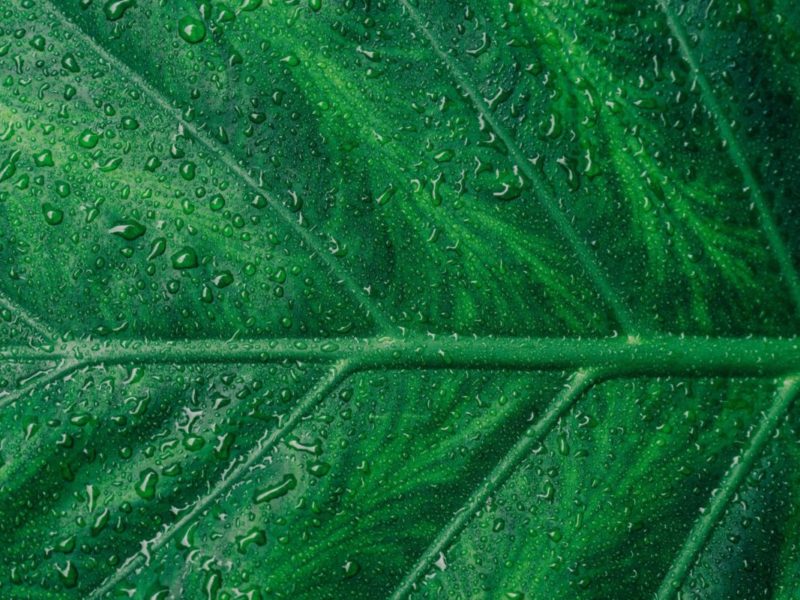As the main energy centers of the body, harmony between our chakras can help us align our mind, body, and spirit. The third eye chakra, which lies in our forehead between the brows, can be thought of as the eye of the soul. It controls our intuition, imagination, and wisdom. Opening the third eye chakra can help us open our minds and see past fear and illusion to know ourselves truly from within. To help us reach a deeper connection with it, we’ve selected these 7 poems for the third eye chakra.
“Wisdom” by James McMichael
California-based poet James McMichael is known for his long poetic lines and variegated structure. Drawing from biblical and religious themes, McMichael’s “Wisdom” weaves readers through several strong images that immerse the mind and make us question what we think we know. As we ask questions and look within, we engage the third eye chakra.
“Wisdom of the Mediterranean” by Prentiss Moore
Originally published in the 1983 issue of Poetry magazine, “Wisdom of the Mediterranean” is written like a letter. It is addressed to “My dear Cavafy,” referring to the 20th-century Greek poet C.P. Cavafy. Poet Prentiss Moore praises his ability to describe things in direct yet captivating terms. Cavafy’s appreciation of things as they are (as well as Moore’s appreciation of his work) engages the sight and wisdom of the third eye chakra.
“My Wisdom” by Naomi Shihab Nye
Award-winning poet Naomi Shihab Nye is praised for her unique ability to capture worlds of meaning in ordinary events, people, and objects. “I have always loved the gaps, the spaces between things, as much as the things,” she told Contemporary Authors. “My Wisdom” is exemplary of her style, taking us from a giant cascade of stars to a single drop of water.
“Before Wisdom Comes” by C. A. Millspaugh
Published in the 1934 edition of Poetry magazine, “Before Wisdom Comes,” encourages an analysis of our own minds. With a traditional AABB rhyme scheme and a rolling rhythm, this poem brings to mind the fast pace of life that forces us to confront our own temporality. But it’s not all doom and gloom; this poem leaves us with much more to think about.
“Slowly, Slowly Wisdom Gathers” by Mark Van Doren
A renowned professor at Columbia University, Mark Van Doren is known to favor traditional forms, but in a balanced and humorous way. Published in the 1968 issue of Poetry magazine, “Slowly, Slowly Wisdom Gathers” sheds light on how it feels to gather wisdom slowly over time.
“The Wild Honey of Wisdom” by Arthur V. Kent
Another early work from Poetry magazine, “The Wild Honey of Wisdom” appeared in the 1916 issue. Written to a close friend, Kent writes of appreciation for a free and open mind, which offers him a knowledge of the world beyond trivia.
“Breadth. Circle. Desert. Monarch. Month. Wisdom” by John Hollander
Contemporary poet John Hollander has met critical acclaim for his technically dazzling verse. This sentiment rings true in his poem “Breadth. Circle. Desert. Monarch. Month. Wisdom,” published in the 1973 issue of Poetry magazine. The seemingly discordant mix of words in the poem’s title come full-circle as Hollander brings readers along a rolling, rhythmic meditation on the temporality of all things.




